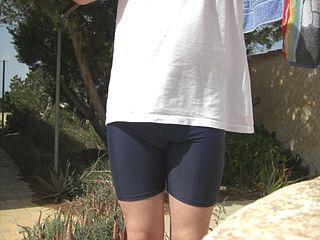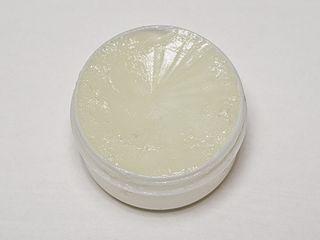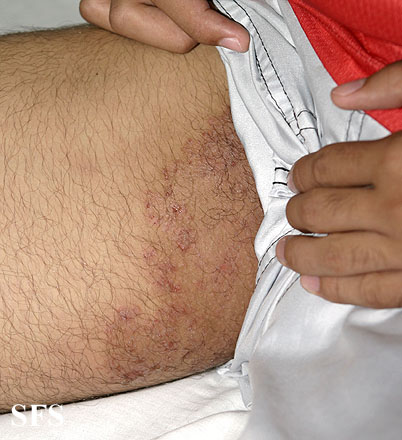Itching Between Thighs – How To Stop It
Itching between the thighs is a common symptom and is often a result of chaffing, irritation from sweating or a fungal infection. It can be embarrassing since scratching in the area can be socially awkward. Itching is a symptom and it is important to find the exact cause. Sometimes it is a simple problem that can be easily remedied while at other times it may take long periods of treatment to resolve. Depending on the cause, itching may be accompanied by a rash and can even lead to discoloration of the skin in the area.
Itching is an uncomfortable sensation which signals the body that there is irritation on some area of the body. This should prompt a person to take action and get rid of the irritation. Scratching rubs away the surface irritant and relieves the itching as well. However, it is not always possible to remove the trigger of an itch especially when it lies deeper in the skin. Scratching in these cases may provide some relief but if the itching does not subside, a person will tend to scratch repeatedly. This in turn can irritate and damage the skin.
Itchy Thighs
The upper thighs and genitalia are covered most of the time as part of acceptable dressing in modern society. The groin are the creases where the thighs meet the torso, on either side of the genitals. However, many people refer to the pubic area, including the genitals, as the groin. Therefore the causes of itching between the groin and thighs should also be considered under itchy thighs.
Itching is common in the groin region apart from the thighs itself. The crease forms the ideal environment where sweat and dead skin cells can accumulate. If it is not properly removed or excessive then it can irritate the skin. Poor hygiene and pubic hair may also complicate it further thereby increasing the chances of skin irritation and itching. Tight underwear and poor ventilation are other contributing factors to an itchy groin.
Fungal infections can arise quite easily in this area. Most are due to dermatophytes (superficial skin fungi). The common term for a groin fungus (ringworm) is jock itch.Tight underwear rubbing against the skin (chaffing) and skin rubbing against itself (intertrigo) can irritate the skin and lead to itching as well, even without a fungal infection. These are two of the most common causes but itching may also be due to allergic conditions, sexually transmitted infections (STIs) and skin diseases like psoriasis.
The way to remedy itching between the thighs depends on the cause. Sometimes there is no clearly identifiable cause – itching is short-lived and usually does not recur immediately thereafter. Here are some general tips on how to stop itching between the thighs. However, you should consult with a doctor to find out the exact cause of itching.
Wash Properly
Hygiene is an important factor. The area should be washed thoroughly, preferably with an antibacterial soap. Special attention should be placed on ensuring proper washing between the folds. The skin in the groin and surrounding regions is delicate and should not be scrubbed vigorously. Ensure that you have rinse off all the soap or it soap can be an irritant if it is not properly removed.
Drying is equally important. Apart from drying with a towel, try to allow the area to ventilate for a short while after bathing to ensure it is thoroughly dry. It is also important to remember that any cause of an itchy bottom can also extend to the groin and thigh region. Often this is related to feces and improper cleaning. Therefore cleaning the anus region thoroughly is important after passing stool.
Ventilate The Area
Ventilating the upper thigh, groin and even genitals is important. The problem is that this can only be done in private so most people do not spend enough time doing so. Wearing light underwear and clothing made of natural fibers will allow for some movement of air while still staying covered.
At home it is important to try to ventilate as much as possible. You do not have to walk around naked or skip the underwear. Rather choose much lighter and airy clothing that you would not want to wear in public. Thorough ventilation after bathing is important as well.
Use Loose-Fitting Underwear
To reduce the chances of chaffing, it is advisable to use loose-fitting underwear that does not hold too tightly around the genitals, groin and thighs. It sometimes means giving up the lacy and fashionable undergarments for more practical underwear. For men, boxer shorts may be preferable over briefs. The size of your underwear is also an important consideration. Choose underwear that is one size larger if you are finding your current choices are too tight fitting. Cycling shorts and swim wear may also be a problem if it is tight.

Use A Drying Powder
Perspiration is one of the major contributing factors to itching between the thighs. It is difficult to avoid as that part of the body does get hot with underwear and clothing. Environmental heat may be a problem but some people tend to sweat more than others. Pubic hair also increases the heat retention and holds sweat.
A drying powder can be useful if you are perspiring a lot in the genital, groin and upper thighs. It absorbs moisture and also prevents any odors since it is scented. Some drying powders also have antifungal agents. It should applied lightly on the target area. Excessive powder will become ‘doughy’ with sweat and irritate the skin.
Apply Antimicrobial Cream
There are different species of bacteria and fungi that live on human skin. It usually does not cause any problems but if there is a break in the skin, these microbes can become a problem. Intertrigo where there is a break in the skin from chaffing, repeated scratching leading to tiny cuts and other causes that compromise the skin’s integrity will quickly become infected. An antibacterial cream is useful for deeper cuts. Even if the skin is not infected, it will prevent a bacterial infection. Antifungal creams should be used for fungal skin infections.
Lubricate Rubbing Thighs
Depending on what you wear or your size, your thighs may rub against each other. This chaffing is not just uncomfortable but can even cause skin rashes and discoloration. When body fat content is the problem then you have to look at losing weight to reduce the rubbing of the thighs. However, it can also affect very muscular people. In these cases longer undergarments may help by protecting the opposing surfaces of each thigh. With the right textiles, it can greatly reduce the friction. Some people find that skin oil and petroleum jelly can help lubricate these surfaces.





